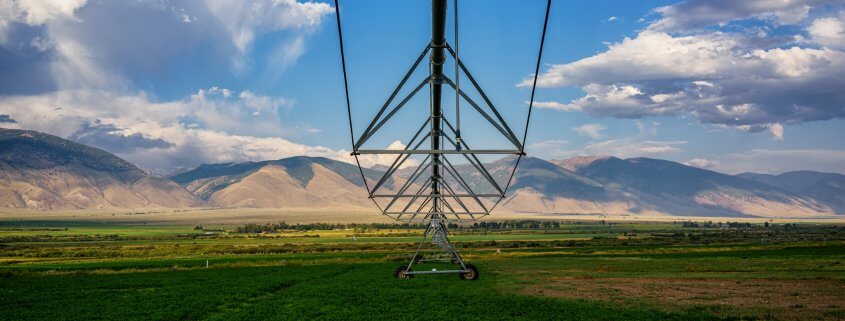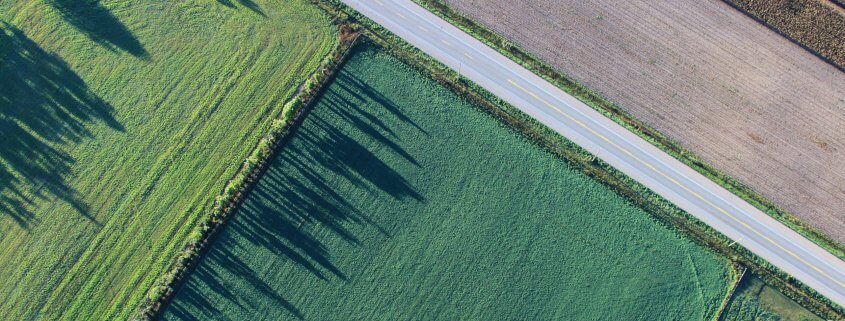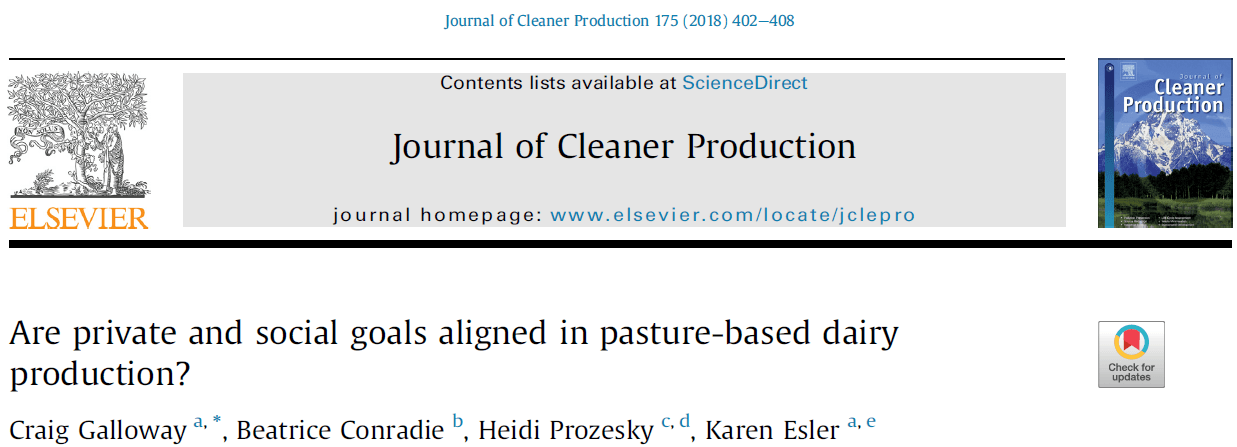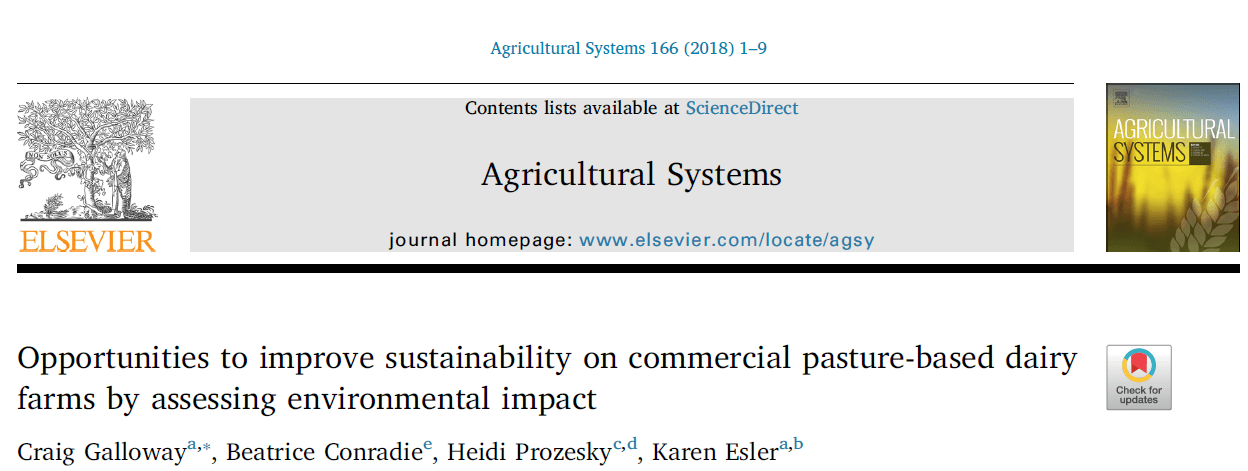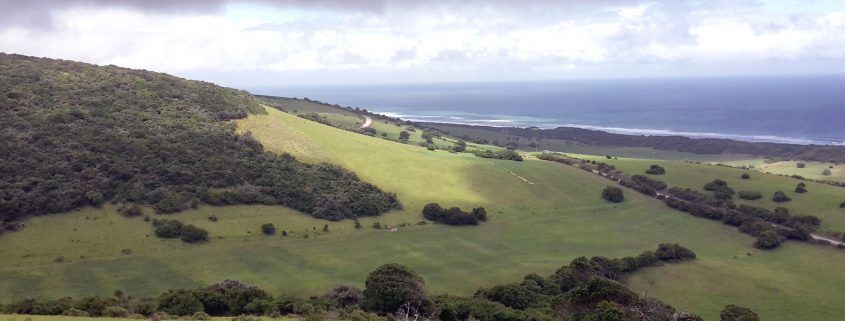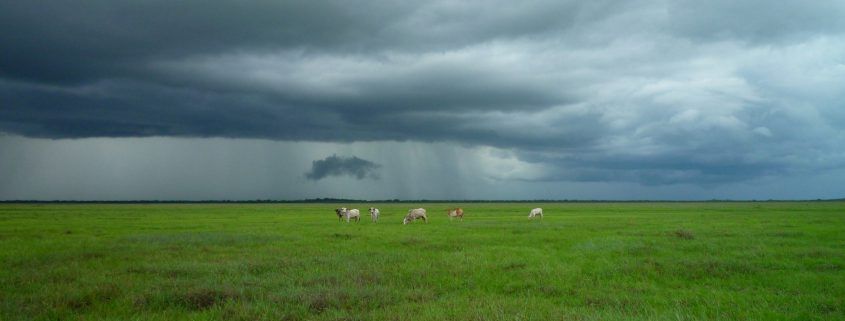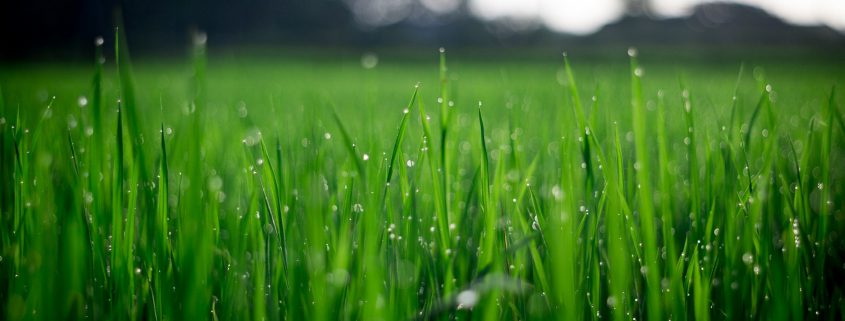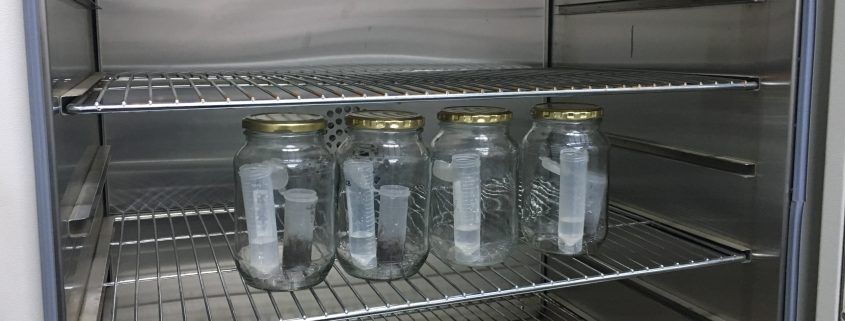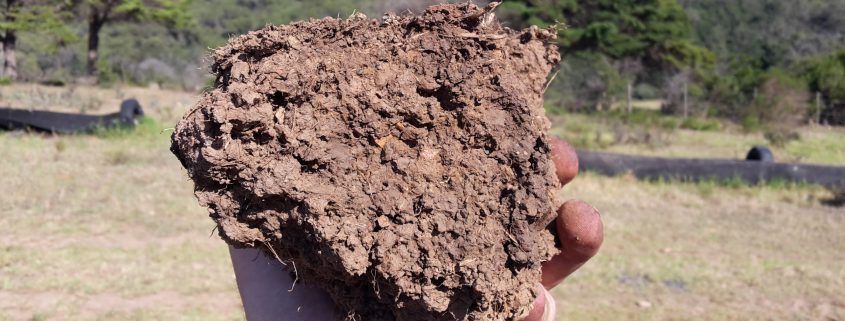How much water does it take to produce a litre of milk?
The average water use across farms is therefore 911 litres of water per litre of milk. The main point I would like to make though is that the water use efficiency varies between the different farm systems.

